Here's why Android 12 users need to disable 2G connectivity, and how to do it
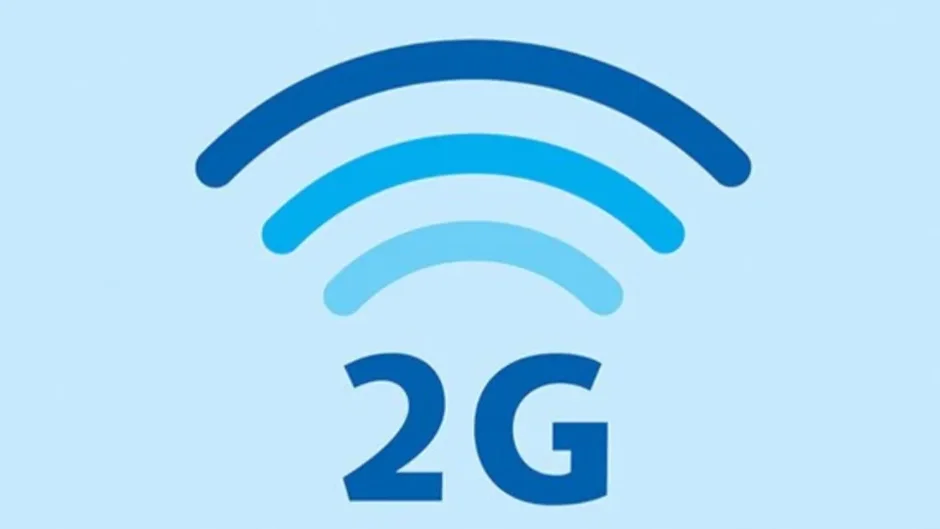
Android 12, or Snow Cone as it is known inside the Googleplex, features the platform's new Material You design loaded with pastel colors and lively shapes. Google also included a "kill switch" for 2G with the latest version of Android and you're probably wondering why, years after 2G was the cellular standard, it is so important to go out to the back of the barn and shoot 2G dead.
The reason for adding a 2G kill switch to Android 12 has to do with privacy. ArsTechnica says that the non-profit digital rights group Electronic Frontier Foundation (EFF) has been trying to kill off 2G since 2020; because of its age, 2G lacks security. Shut by U.S. carriers (with the 3G shutdown already started), the problem is that phone modems still actively and automatically search for 2G service.
2G networks are weak when it comes to privacy
The EFF says "There are two main problems with 2G. First, it uses weak encryption between the tower and device that can be cracked in real time by an attacker to intercept calls or text messages. In fact, the attacker can do this passively without ever transmitting a single packet."

The 2G kill switch on Android 12
As for the other issue, the EFF notes that "The second problem with 2G is that there is no authentication of the tower to the phone, which means that anyone can seamlessly impersonate a real 2G tower and a phone using the 2G protocol will never be the wiser." And with some handsets still automatically connecting users to 2G, there is a legitimate threat to privacy that can be controlled by killing off handsets' 2G connectivity.
Even if most phones these days connect to a 4G signal, if such a signal is too weak to maintain communications, the signal could be downgraded to 2G making the phones vulnerable to attack by hackers. If you're curious, 2G service started in 1991 and with General Packet Radio Service (GPRS), 2G offers a theoretical speed of 5 kB/s. With EDGE (Enhanced Data Rates for GSM Evolution), the maximum transfer speed is 48 kB/s.
Those who owned the OG iPhone might recall that the cellular service available for users was AT&T's EDGE which was considered something along the lines of 2.5G. Users couldn't be on a phone call and use the internet at the same time.
So why keep 2G around? That's a legit question in countries like the U.S., Canada, Japan, South Korea, and Taiwan where the service is not being used. But European countries won't end 2G service until 2025, the year after some South American firms turn off 2G. In South Africa, a 2G shutdown date has yet to be scheduled.
How to turn off 2G on your Android phone
2G signals cannot send data, although you might be able to send/receive SMS messages. Regardless, the 2G kill switch is a notable new feature on Android and shouldn't impact the experience you are having with your Android device.
To turn off 2G connectivity on your Android handset go to Settings > Network & Internet > SIMs > Allow 2G and toggle off the setting. Now that Android is onboard, the EFF has started a campaign to get Apple to offer a similar kill switch for 2G on the iPhone. A tweet from the EFF that you can send to Apple with a single click reads, "Hey @Apple, 2G is an outdated and insecure technology! Google just gave us the option to turn it off in our phones and now it's your turn!"
Twitter users can join this campaign by tapping the "Tweet" button at the lower right of the page found right here. Hopefully for the sake of iPhone users, Apple follows what Android has done and allow 2G connectivity to be shut down on iOS.
Follow us on Google News






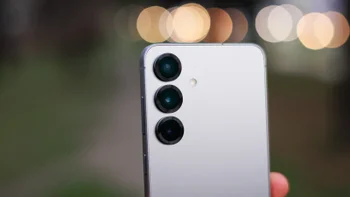
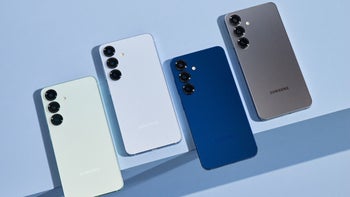

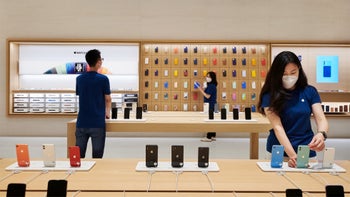
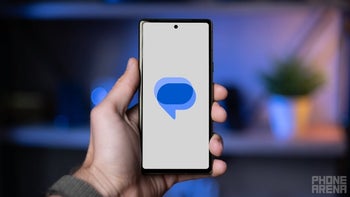

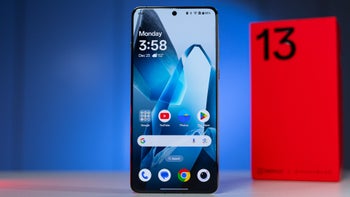
Things that are NOT allowed:
To help keep our community safe and free from spam, we apply temporary limits to newly created accounts: